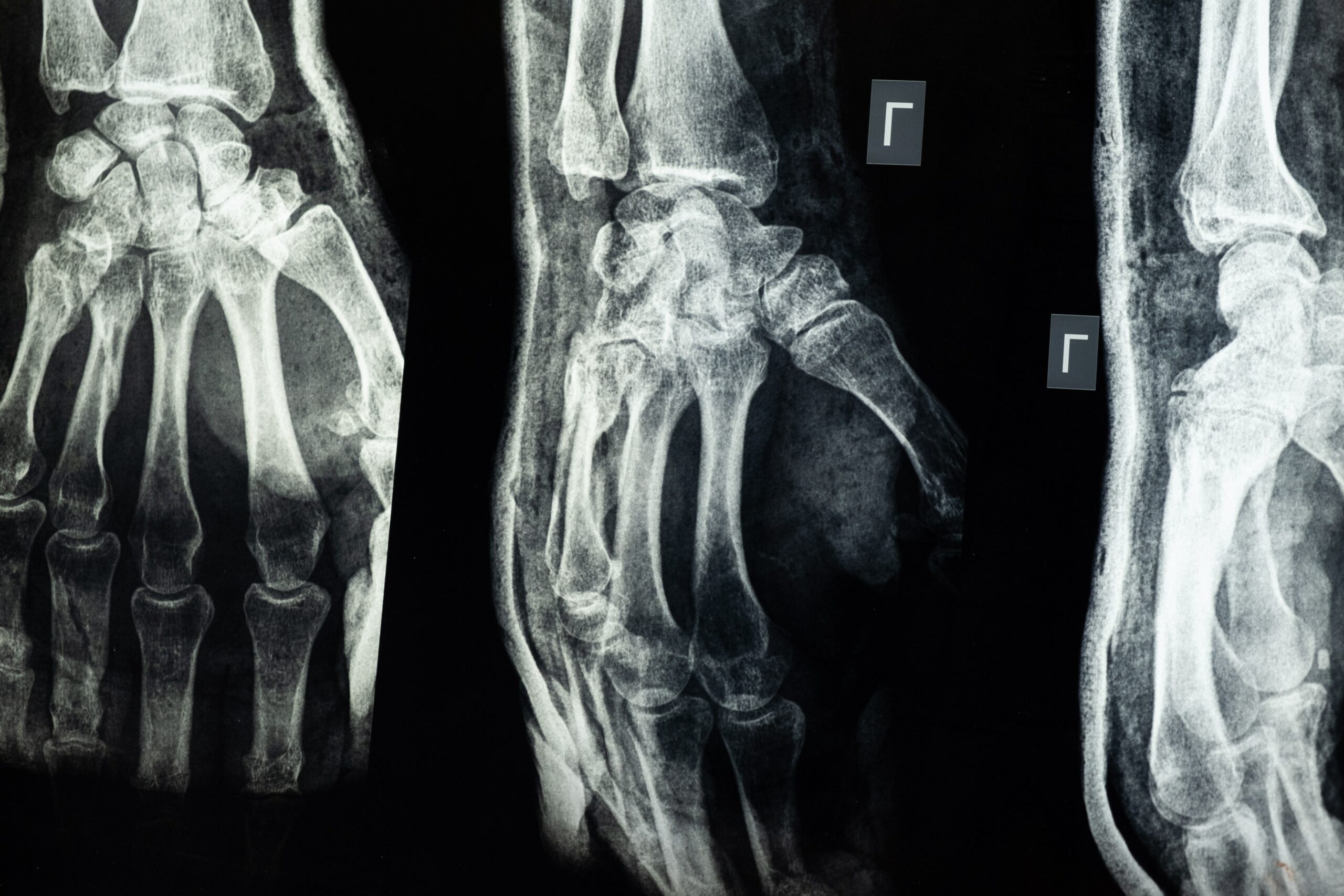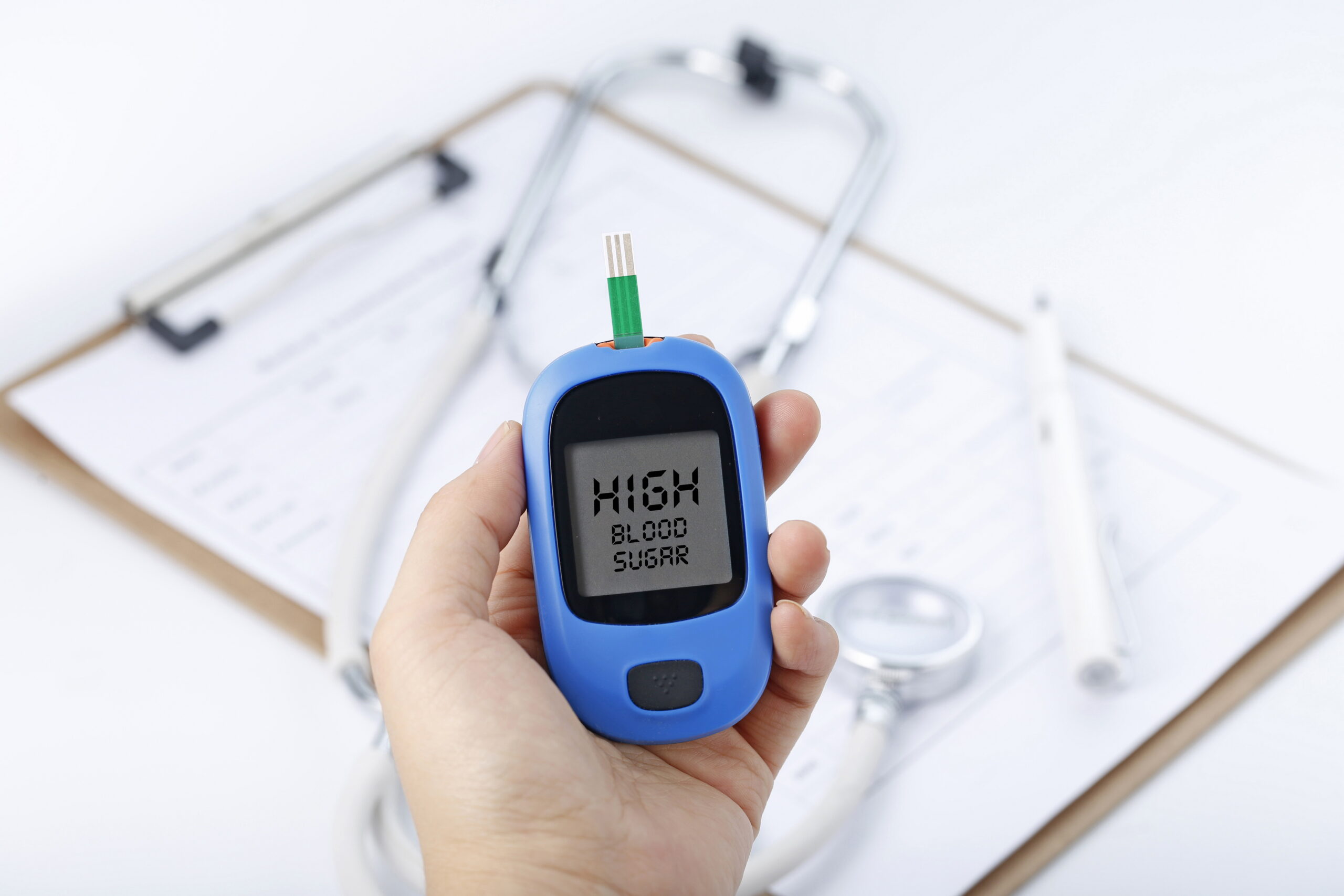Living with diabetes can be challenging, as it requires careful monitoring and management of blood sugar levels. While most individuals with diabetes lead fulfilling lives, there are instances when emergencies can occur.
Diabetic emergencies are serious situations that require immediate attention and appropriate action. Recognizing the warning signs and knowing what to do in these situations can make a significant difference in ensuring the well-being of someone experiencing diabetic emergencies.
What Is Diabetes?
Diabetes is a chronic medical condition that affects how your body processes glucose, a type of sugar that serves as the main source of energy for cells. When we consume food, the body breaks down carbohydrates into glucose, which is then transported through the bloodstream to cells for energy.
In a properly functioning system, the hormone insulin, produced by the pancreas, helps regulate the amount of glucose in the bloodstream. However, in individuals with diabetes, this process is disrupted, leading to abnormal blood sugar levels.
There are different types of diabetes, with the most common ones being type 1 diabetes, type 2 diabetes, and gestational diabetes.
Type 1 Diabetes
This type occurs when the immune system mistakenly attacks and destroys the insulin-producing cells in the pancreas. As a result, the body is unable to produce enough insulin, and individuals with type 1 diabetes require insulin injections or the use of an insulin pump to manage their blood sugar levels.
Type 2 Diabetes
This form of diabetes is characterized by insulin resistance, which means the body’s cells do not respond effectively to insulin. Initially, the pancreas compensates by producing more insulin, but over time, it may struggle to keep up. Type 2 diabetes is often associated with lifestyle factors such as obesity, sedentary lifestyle, and poor dietary habits. It can sometimes be managed through lifestyle changes, oral medications, or insulin therapy.
Gestational Diabetes
This type of diabetes occurs during pregnancy and usually resolves after childbirth. It develops when hormonal changes during pregnancy interfere with insulin action, resulting in high blood sugar levels. Gestational diabetes requires careful monitoring and management to avoid complications for both the mother and the baby.
Regardless of the type, it is important to recognise warning signs of diabetes as it requires ongoing attention to maintain stable blood sugar levels. Failure to manage diabetes properly can lead to long-term complications affecting various organs, such as the heart, kidneys, eyes, and nerves.
5 Signs Of A Diabetic Emergency
Increased Heart Rate
When blood sugar levels are too high or too low, it can impact the functioning of the cardiovascular system. In hypoglycemia, the body releases stress hormones like adrenaline to increase blood sugar levels, which can lead to a rapid heartbeat. In hyperglycemia, the increased concentration of glucose in the blood can affect blood circulation and lead to an elevated heart rate.
Blurry Vision
Blurry vision can occur during episodes of both hypoglycemia and hyperglycemia. In hypoglycemia, it may result from changes in the fluid balance of the eye caused by low blood sugar levels. Hyperglycemia can cause swelling of the lenses in the eyes, leading to temporary changes in vision. If left untreated, prolonged high blood sugar levels can also damage the blood vessels in the retina, leading to long-term vision problems.
Increased Heart Rate
When blood sugar levels are too high or too low, it can impact the functioning of the cardiovascular system. In hypoglycemia, the body releases stress hormones like adrenaline to increase blood sugar levels, which can lead to a rapid heartbeat. In hyperglycemia, the increased concentration of glucose in the blood can affect blood circulation and lead to an elevated heart rate.
Loss Of Consciousness
Severe hypoglycemia or hyperglycemia can cause loss of consciousness. In hypoglycemia, when blood sugar levels drop too low, the brain may not receive sufficient glucose to function properly, resulting in loss of consciousness. Similarly, in hyperglycemia, the body’s attempt to rid excess glucose through increased urination can lead to dehydration and electrolyte imbalances, which can cause unconsciousness.
Confusion
Confusion can be a symptom of both hypoglycemia (low blood sugar) and hyperglycemia (high blood sugar). In the case of hypoglycemia, inadequate glucose supply to the brain can cause confusion and difficulty thinking clearly. On the other hand, high blood sugar levels in hyperglycemia can lead to a condition known as diabetic ketoacidosis (DKA) or hyperglycemic hyperosmolar state (HHS), which can result in confusion and altered mental status.
Weakness
Weakness or extreme fatigue can be a symptom of both hypoglycemia and hyperglycemia. In hypoglycemia, insufficient glucose reaching the body’s cells deprives them of energy, leading to weakness and fatigue. In hyperglycemia, the body’s cells may not be able to effectively utilize glucose due to insulin resistance or inadequate insulin production, resulting in feelings of weakness.
It is important to note that these symptoms can vary in severity and may not always indicate diabetic emergencies. However, if you or someone you know experiences these signs along with other concerning symptoms, it is crucial to seek immediate medical assistance to assess the situation and provide appropriate treatment.
How To Treat Diabetic Emergencies
Assess The Situation
Check the person’s level of responsiveness. If they are conscious and able to communicate, ask them about their condition and any symptoms they are experiencing. If they are unconscious or unable to respond, assume it is severe diabetic emergencies and proceed with immediate action.
Call For Emergency Medical Assistance
Dial the emergency services in your country (e.g., 911 in the United States) and provide them with details about the situation. Explain that it is a diabetic emergency, specifying whether it is hypoglycemia or hyperglycemia if known.
Stay With The Person
Do not leave the person unattended. Monitor their condition closely and be prepared to provide assistance until medical professionals arrive.
If The Person Is Conscious And Able To Swallow:
For Hypoglycemia (Low Blood Sugar):
-
- Provide a fast-acting source of sugar, such as glucose tablets, fruit juice, regular soda (not diet), or hard candies.
-
- Encourage them to eat a snack or meal containing carbohydrates and protein once their condition improves.
For Hyperglycemia (High Blood Sugar):
-
- Assist them in administering their prescribed insulin or medication, if applicable.
-
- Help them drink water or sugar-free fluids to stay hydrated.
If The Person Is Unconscious Or Unable To Swallow:
-
- Do not attempt to give them anything by mouth.
-
- Place them in the recovery position on their side to prevent choking in case of vomiting.
-
- Loosen any tight clothing around their neck or waist to ensure unrestricted breathing.
Provide Information
When medical professionals arrive, provide them with relevant information about the person’s condition, any medications they take, and any other pertinent details that can assist in their treatment.
Learn First Aid
Diabetic emergencies can occur unexpectedly and require immediate action to stabilize blood sugar levels and ensure the well-being of the individual. By equipping yourself with the skills and knowledge of first aid, you become empowered to recognize the warning signs, provide appropriate assistance, and potentially save a life.
First aid training provides you with the ability to confidently assess the situation, make informed decisions, and administer the correct steps of treatment during diabetic emergencies. You learn how to identify the signs of hypoglycemia and hyperglycemia, understand the appropriate actions to take, and provide assistance until professional medical help arrives.
By investing in first aid training from reputable providers like First Aid Course Perth, individuals can play an active role in creating safer environments for everyone. So, take the initiative today and contribute to building a safer and more compassionate community.








